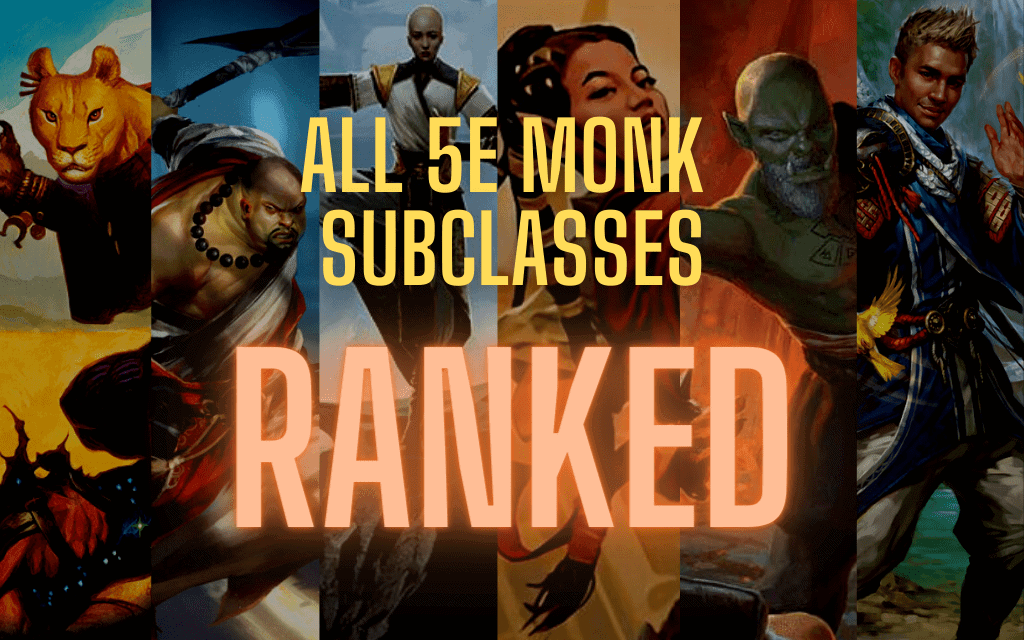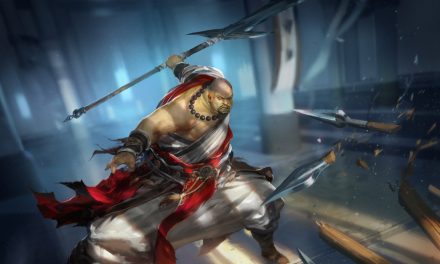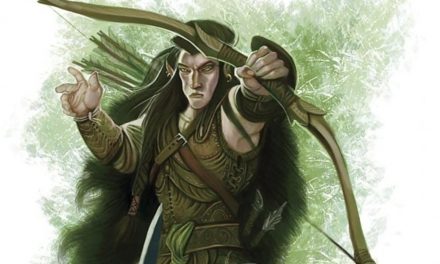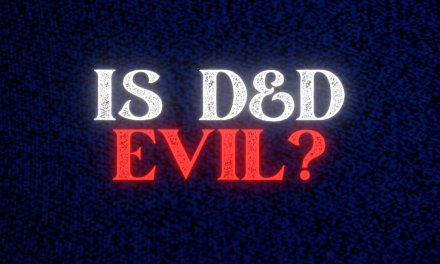From the stoic Shaolin kung fu master to the elusive ninja to fighters capable of launching bright energy beams at their foes, Monks are a sight to behold.
So, it’s fitting that the Monk subclasses (aka Monastic Traditions) are just as cinematic as you’d expect! Few classes standout with style quite as much as Monks.
But it’s important to have substance behind that style as well!
In this article we’re ranking every Monk subclass in D&D 5e. Style points count somewhat in this ranking, but we’re looking for an “apples to apples” comparison.
It’s the ultimate martial arts tournament and there can only be one winner. Who will it be?
Find out now!
Number 10 – Way of the Sun Soul Monk
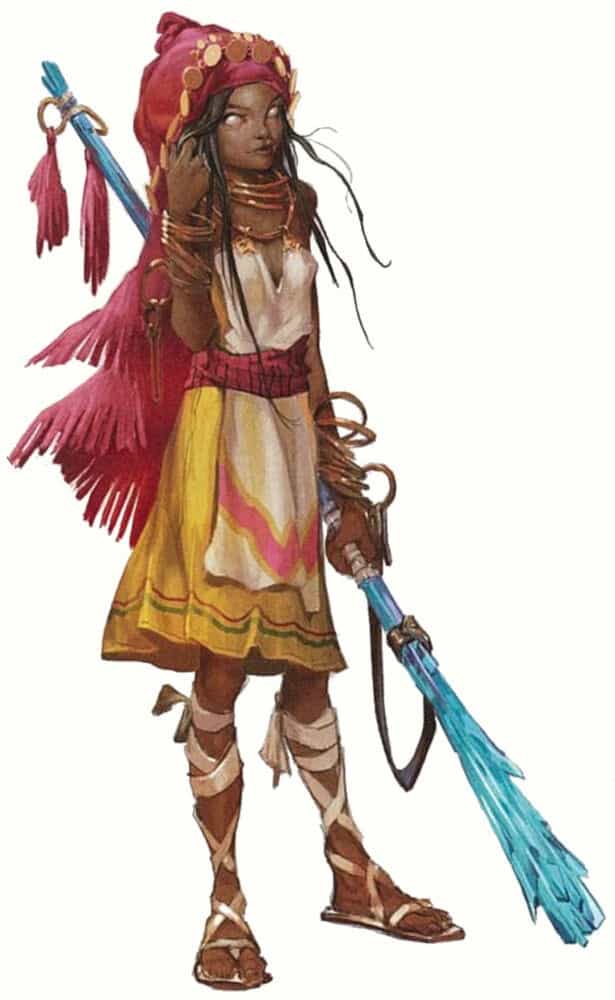
If this ranking were all about style and flash, the Way of the Sun Soul Monk would be towards the top.
On paper, this is the class for anyone who has wanted to play a character like Goku, Vegeta, or anyone else from DragonBall Z. Dashing around with the Monk’s mobility and blasting enemies with radiant “Kamehameha!” attacks just sounds like so much freaking fun.
But style isn’t everything.
The Way of the Sun Soul Monk gets some reliable ranged ability with its Radiant Sun Bolt feature. Features like Searing Arc Strike and Searing Sunburst mean these Monks have plenty of ways to pump out radiant damage.
Unfortunately, for the Sun Soul Monk’s features to be more valuable than just smacking enemies, you’ll have to chew through your ki at a terrifying and inconvenient rate.
There are some interesting ideas and a ton of style behind the Sun Soul Monk. Mechanically, however, it doesn’t offer anything meaningful on top of the Monk class features. This means it feels weird and clunky despite looking shiny and cool.
To make another Dragonball Z reference, you go in expecting Goku but end up with Yamcha.
If you know, you know…
Light your way with the full guide to the Way of the Sun Soul Monk!
Number 9 – Way of the Ascendant Dragon Monk
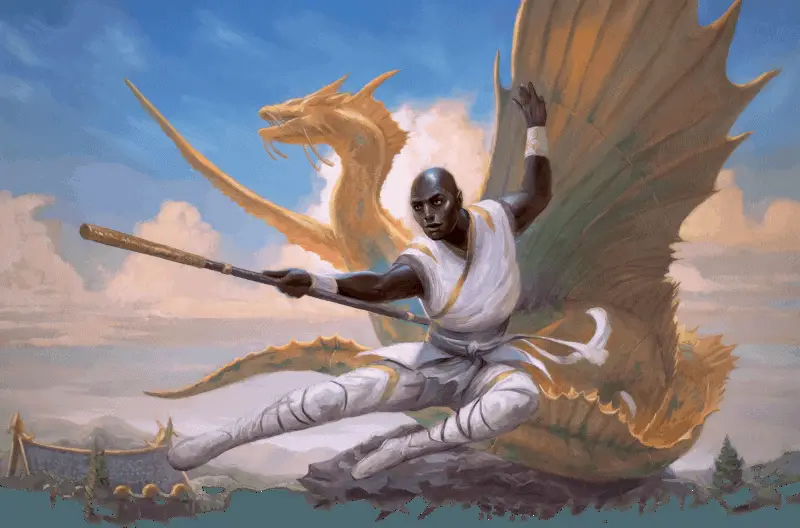
I’ve admittedly flip-flopped on the Ascendant Dragon Monk more than I care to admit.
Channeling the power of dragons into a swift and powerful martial arts form is some crazy awesome flavor. Even the features gained by this subclass really capture the imagination while having mechanical value.
Your Draconic Strikes are excellent when fishing for enemies’ weakness or overcoming resistances. Breath of the Dragon is a decent AoE damage ability if you’re catching enough enemies to make it worth the cost instead of just throwing more punches.
You also get a limited flight ability that lets you soar short distances!
There’s a fun style and some decent mechanics to the Way of the Ascendant Dragon. It’s definitely possible to make an Ascendant Dragon Monk that is fun to play and helps the team.
But the subclass is in a bit of a niche spot.
In situations where you can effectively position yourself to take full advantage of your Breath of the Dragon against multiple enemies, the Ascendant Dragon Monk is pretty awesome.
The problem is that this subclass feels clunky in situations where that’s not as possible to take advantage of.
Chewing through your ki points to use the subclass features instead of your base Monk abilities means you won’t be playing with any or much efficiency. You can then very easily find yourself with no ki to use your subclass features when the time finally comes!
I really enjoy subclasses that build off their core class or supplement weak areas in that core class. The Way of the Ascendant Dragon doesn’t particularly do either of those things and instead feels at odds with core Monk features and action economy.
Bad? No.
Good? Eh…
Unleash the dragon within you with the full guide to the Way of the Ascendant Monk!
Number 8 – Way of the Four Elements Monk
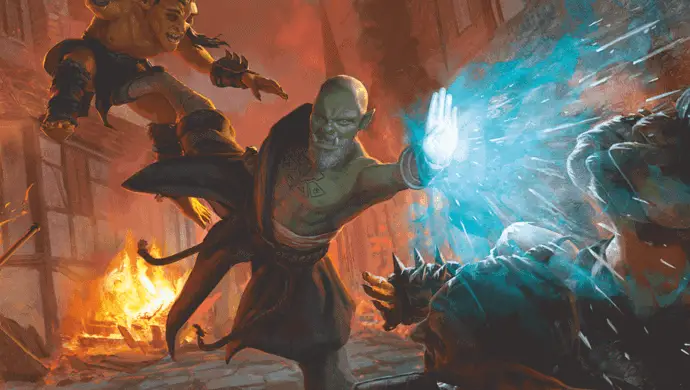
Pulling inspiration from stories like Avatar: The Last Airbender we have the Way of the Four Elements Monk!
This is another subclass with a style that’s hard not to like! Imagining a Monk unloading a barrage of punches and kicks before blasting their foes away with a fireball is pretty epic!
Indeed, that’s exactly what the Four Elements Monk aims to do. They’re like a crazy combination of the classic Monk and a spellcaster.
As the Four Elements Monk levels up, they gain new Elemental Disciplines. These add new features and abilities to the Four Elements Monk’s arsenal and most involve casting elemental spells.
Sounds cool, right?
Unfortunately, this subclass finds itself being spread a bit thin. They don’t have any real martial features that give them an edge over any other Monk. Meanwhile, their “spell list” is incredibly limited and they’ll always be much weaker than any other casters in the party.
When we’re comparing the value of these Elemental Disciplines versus Monk features, it’s hard to justify using the Elemental Disciplines for the ki in most cases.
That said, there are some situations where the Four Elements Monk can really save the day with some creativity, ki, and the right Elemental Discipline.
Much like the Sun Soul Monk, there’s a lot to love about this subclass’s style. Unfortunately, the mechanics leave some to be desired.
Harness the elements with the full guide to the Way of the Four Elements Monk!
Number 7 – Way of the Kensei Monk
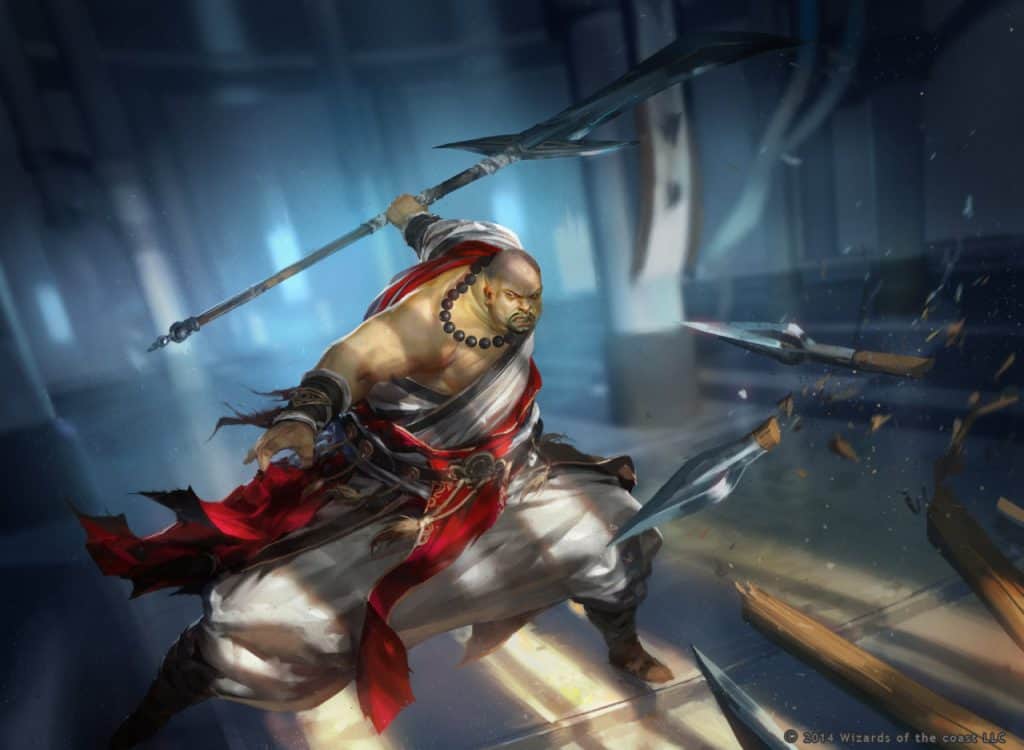
With intense training and meditation, the Kensei perfects the art and form of wielding a weapon. Much like a skilled painter is able to manipulate their brush, the Kensei Monk moves with grace and absolute precision.
While Monks are most famous for their unarmed fighting styles, it’s cool to have a subclass that goes all in on mastering weapons.
However, the devil is in the details…
You have to really carefully look at the precise wording of the Kensei Monk’s features. In many occasions, it’s almost like it’s holding itself back.
Agile Parry, for example, lets you get a +2 AC if you… don’t attack with your weapon? Huh?!
Sure you can still make unarmed attacks and this gets easier once you gain the Extra Attack feature, but using a weapon is the Kensei’s whole deal. It feels weird to be rewarded for making attacks without a weapon.
Then the optional Dedicated Weapon feature for Monks from Tasha’s Cauldron of Everything takes the Kensei’s whole shtick and more-or-less gives it to all Monks!
The Way of the Kensei Monk finds itself at number 7 on this list not because it’s necessarily bad. In fact, it’s possible to make some very interesting builds (especially ranged ones) with the Kensei Monk.
It’s at number 7 because it’s frustrating.
There are a lot of moving parts with this class and they frequently don’t work together. Add in the threat of a particularly dangerous monster and you’re just asking for a stressful time trying to make everything simply work right.
If the Kensei could deliver Stunning Strikes with its bow attacks or wield heavier weapons, that would rocket it way up on this ranking. But, after much consideration, it finds itself at number 7.
Steady your blade with the full guide to the Way of the Kensei Monk!
Number 6 – Way of the Astral Self Monk
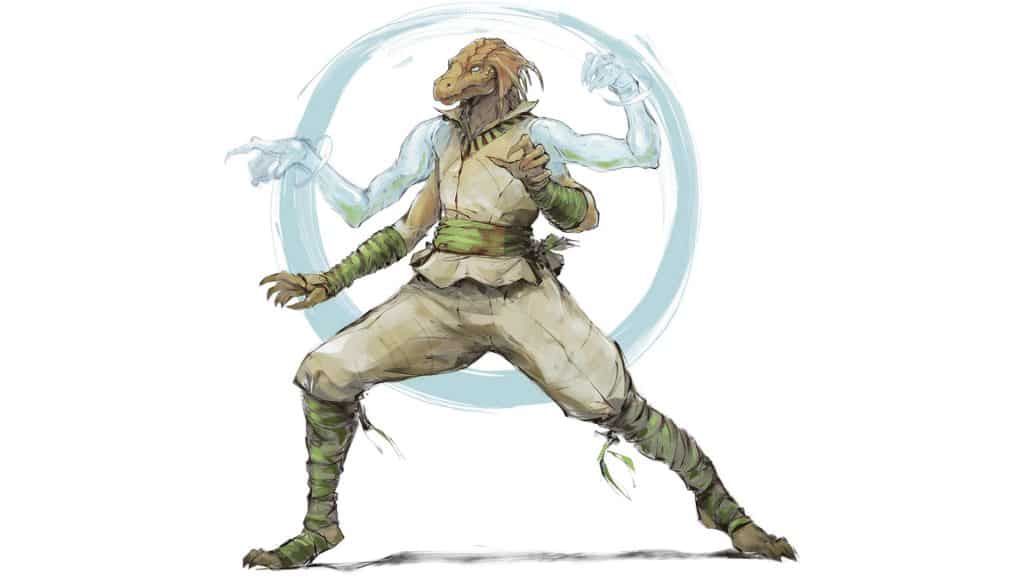
Many Monks silently weep over the fact that there’s only so much you can smack people with only two arms. None of those Monks are those who follow the Way of the Astral Self.
Astral Self Monks can use their ki energy to summon aspects of their true spiritual self. All this subclass’s features are based around summoning forth this Astral Self and buffing it.
Initially, you summon the arms of your Astral Self. These explode with a respectable AoE and provide you with extra reach compared to other Monks. Additionally, these arms let you use your Wisdom score for attacks and skill checks while also dealing the ever-reliable force damage!
As you level up, you’ll be able to summon the face of your Astral Self. This helps you see in darkness (even magical!), magically whisper to others, make your voice loud and booming, and be more intimidating/insightful as the situation deems.
Eventually, you’ll be summoning your entire Astral Self to become an all-around force of nature in combat.
This subclass is one that’s pretty straightforward in how it plays. Especially for Monks, that’s not exactly common since the class has a reputation for being one of the harder ones to play well.
As you level up, your Astral Self will get stronger and stronger. While this is very cool it does make the Astral Self Monk a bit of an outlier amongst the other subclasses.
The Astral Self Monk does much better in the mid and late-game levels but suffers a bit in the early stages of the game.
It’s certainly not bad, but it’s just different enough that it finds itself more toward the middle of the pack in this ranking.
Give the ultimate high-fives with the full guide to the Way of the Astral Self Monk!
Number 5 – Way of the Drunken Master Monk
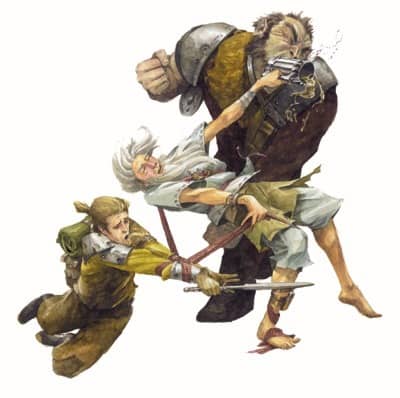
Stumbling into the number 5 slot in our ranking, we have the Way of the Drunken Master Monk!
This is one of the most entertaining but devastatingly tricky martial arts forms out there. By mimicking a drunkard with clumsy movements and goofy chatter, the Drunken Master is able to keep their enemy guessing.
Time and time again, foes will underestimate the Drunken Master only to find themselves losing consciousness on the ground in mere seconds.
The Drunken Master Monastic Tradition in D&D 5e does a great job at capturing this. These Monks are incredibly mobile with the ability to seamlessly strike at enemies and quickly disengage to maintain their positioning.
Where the Drunken Master shines is their ability to handle multiple enemies at once. Making your foes hit each other is endlessly fun and your capstone feature lets you unload a massive barrage of strikes before quickly stumbling away.
As a Drunken Master, you’re excellent at hit-and-run tactics. By pretending to be an easy target, enemies will underestimate you which allows you to bamboozle them as they chase you around the battlefield.
This is a little bit of a niche Monk subclass since it plays remarkably different than the others. Your features are mostly geared toward helping you weave in and out of combat.
Used creatively, however, this can be an incredibly powerful subclass option and is one of my personal favorites!
All things being even, it can’t quite compete mechanically with the next 4 on this list. But don’t let that stop you from considering this very fun subclass!
Raise your glass with the full guide to the Way of the Drunken Master Monk!
Number 4 – Way of Shadow Monk
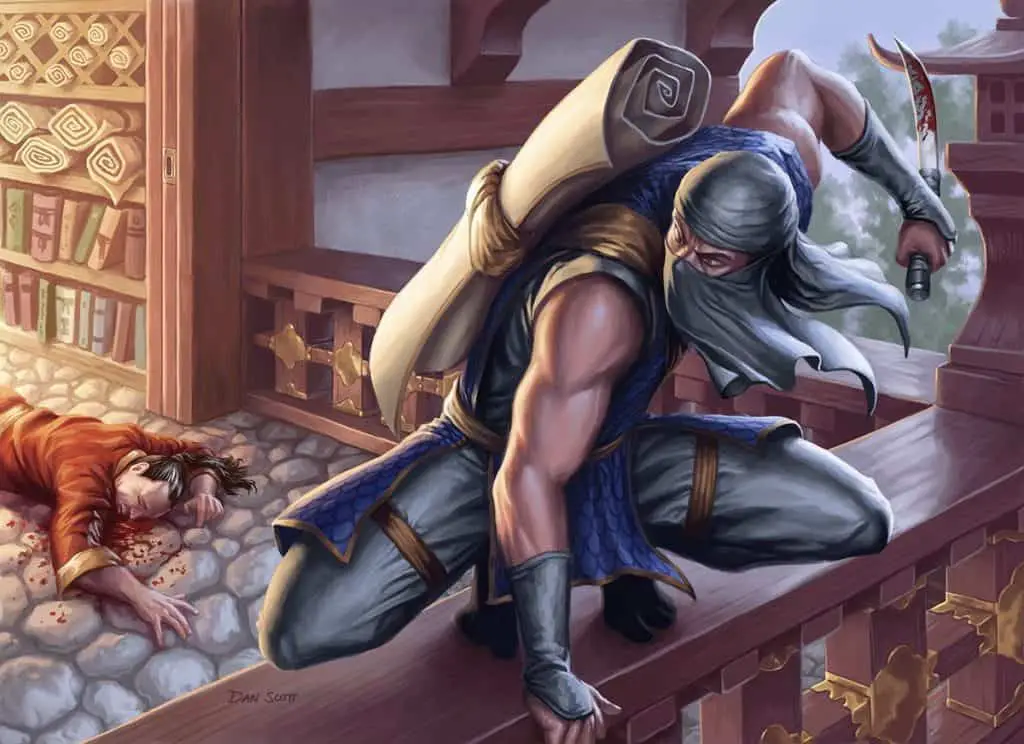
With speed, stealth, and deadly precision, the Way of Shadow Monk steals the number 4 spot in our ranking!
Monks have a well-deserved reputation as strikers and skirmishers, but the Way of Shadow proves that there’s more to the class.
Shadow Monks are gifted scouts, infiltrators, and assassins. Whether they’re providing information gathered from their recon or destroying the enemies’ backline, the Shadow Monk can have a major impact in combat.
Using their ki, Shadow Monks can duplicate certain spell effects to assist them in their role. This includes illusions and spells that make them harder to detect.
The coolest feature is the Shadow Monk’s Shadow Step. With this, you’re able to teleport from shadow to shadow before striking out at an enemy with advantage! Later, you’ll also get free invisibility as long as you are in areas of dim light or darkness.
The only thing stopping this from rocketing to the number 1 spot on the list is that it has such great synergy with the Rogue class. While it’s great on its own, gaining access to the Rogue’s Sneak Attack and other tricks through multiclassing is what really makes this class crazy powerful.
But in an “apples to apples” ranking, the Way of Shadow Monk still places very high on its own merit.
Particularly in a campaign that’s naturally going to be darker like
Get the jump on your foes with the full guide to the Way of Shadow Monk!
Number 3 – Way of the Open Hand Monk
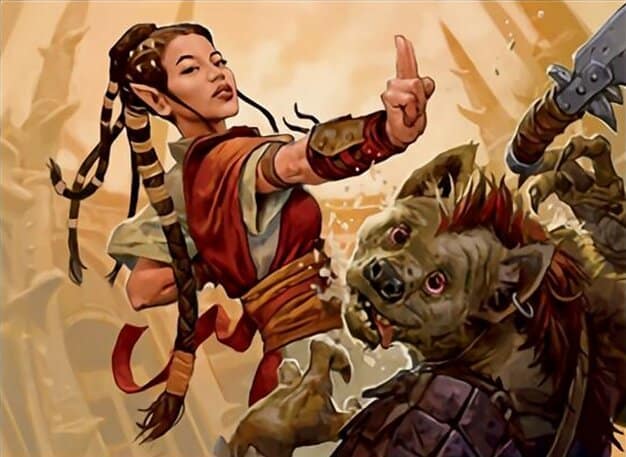
When most people think of the Monk class, this is exactly what comes to mind.
There’s good reason for that!
The Open Hand Monk uses their dexterity to outmaneuver opponents and maintain excellent control over the positioning on the battlefield. When they aren’t smacking enemies silly, they have plenty of tricks for keeping the bad guys locked down.
With their Open Hand Technique feature, you’re able to knock enemies prone, send them flying backward, or prevent them from taking reactions.
Through calmness and meditation, you’re able to heal yourself as well. After each long rest, you’ll also be harder to hit before you decide to fight thanks to your Tranquility feature.
But the capstone feature is where most people get excited.
Quivering Palm is a legendary feature that forces the enemy to make a Constitution saving throw or be dropped to zero hit points. Even if they make it, they’re taking a boatload of necrotic damage.
Because the effect lasts for a number of days equal to your Monk level, it can be a great way of strongarming someone to act reasonably.
It’s probably easy to dismiss the Open Hand Monk as a type of “default” or “vanilla” version of the Monk class. Doing so is a shame as this is one of the most fun Monk subclasses in D&D 5e!
But there are two more that just edged it out…
Practice your form with the full guide to the Way of the Open Hand Monk!
Number 2 – Way of the Long Death Monk
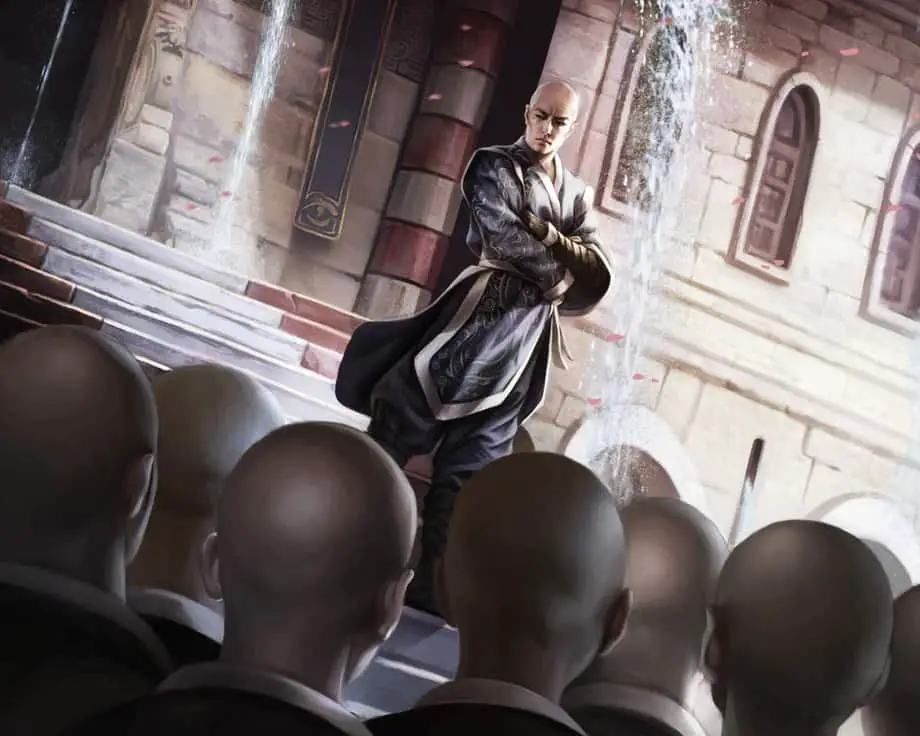
I feel like putting the Way of the Long Death at the number 2 spot might be a bit of a hot take, but I’m standing by this call. The Long Death Monk is criminally underrated.
These Monks are exceptionally good at functioning as a secondary tank for the party. The Way of the Long Death Monk might not have any special features to boost their damage output, but that doesn’t mean they should be written off.
Monks are great at avoiding attacks, but it really hurts when an enemy manages to hit you.
To that end, this monastic tradition focuses heavily on making you much tougher. However, you still maintain the Monk’s characteristic dexterity which means you can easily position yourself exactly where and how you need to.
Touch of Death is a great way to boost your survivability by keeping yourself with a steady pool of temporary hit points.
Then, at level 11, you can’t be knocked unconscious as long as you have at least 1 ki point. This means you can eat the most punishing attacks in the entire game and stay standing.
As long as you have ki points anyway.
Meanwhile, Hour of Reaping gives you a powerful way to lock down enemies and control the battlefield. (A very rare thing for Monks!)
The hugely damaging capstone feature, Touch of the Long Death, may not be the most efficient use of ki in most cases, but that shouldn’t be a big concern.
Even if your campaign does get to the higher levels where you finally get that feature, the Long Death Monk has enough tanky buffing features to make sure they can outlast any enemy.
Stay in the fight with the full guide to the Way of the Long Death Monk!
Number 1 – Way of Mercy Monk
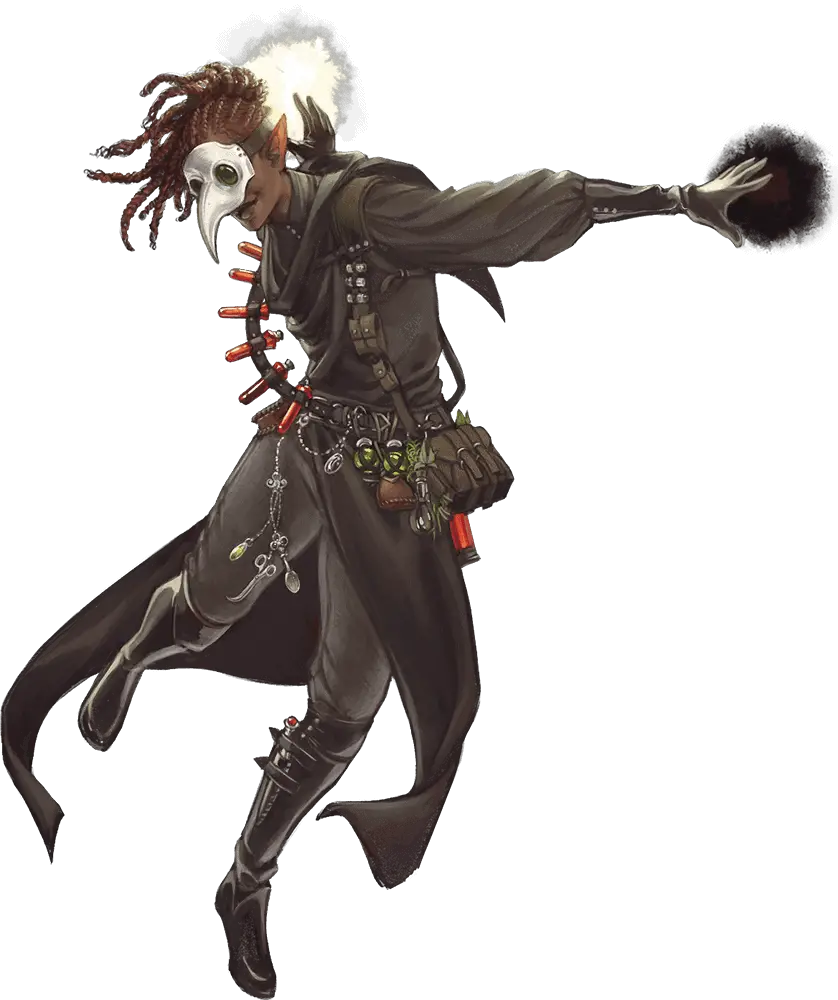
Coming in from the cold, the Way of Mercy takes the Number 1 spot for the best Monk subclass in D&D 5e.
This Monastic Tradition has it all.
For style, it’s hard to get a cooler aesthetic than a Plague Doctor. Even going beyond looks into how these Monks are wandering physicians capable of harnessing the power of life itself with their ki, it’s a crazy cool theme.
Mechanically, the Way of Mercy Monk also greatly delivers.
Gifting life with one hand and taking it with the other, the Mercy Monk keeps a balance in the flow of combat. While unleashing a barrage of devastating attacks on an enemy, the Mercy Monk is able to also work in swift healing touches to nearby allies.
These Monks are gifted skirmishers like most Monks are, but bring a healing utility that is great for keeping the party’s frontline in fighting shape.
Using their ki, the Way of Mercy Monk can choose to add healing or extra necrotic damage to their attacks. Similarly, they are able to remove harmful conditions from their allies while being able to poison their enemies.
For their capstone feature, the Mercy Monk can use their ki to return someone to life within 24 hours of dying. A free resurrection every long rest is absolutely nothing to turn your nose up at!
This might just be the most unique take on what a Monk in D&D 5e can be, but it works so well.
If you’re looking to play a Monk in your next adventure, you might just want to let the party know that the (plague) doctor is in!
Practice some medicine with the full guide to the Way of Mercy Monk!
Conclusion – Ranking Every Monk Subclass in D&D 5e
Monks are an interesting class with many unique subclasses to choose from.
It’s a bit of a unique situation that the core Monk class features are actually so strong that it’s almost impossible to make subclasses that really add to it in a way that makes sense and are cool without being overpowered.
Despite being one of the least popular classes in D&D 5e, Monks of any subclass are masters of navigating the battlefield.
Using that mobility in combination with the features from your core class and subclass effectively can have you taking down swarms of enemies before anyone else knows what’s going on.
As always, this ranking is just my own opinion and reasons based on my own experience. With the goal of an “apples to apples” comparison, we’re leaving out things like super fringe builds and multiclassing.
Taken on their own, every one of these Monk subclasses has the potential to be an exciting and thrilling character for you to play.
If you would rank any of these differently, I’d love to read your opinions in the comments!
I would recommend also checking out my guide covering Monk Weapons as well. These can be great for enhancing your damage in the early levels (and just look cool as well!)
Want more guides, tips, tricks, ramblings, and more? Sign up for the Tabletop Joab newsletter below!
You can find the Way of the Open Hand, Way of Shadow, and Way of the Four Elements in the 5e Player’s Handbook.
The Way of the Long Death is in the Sword Coast Adventurer’s Guide.
The Way of the Sun Soul, Way of the Kensei, and Way of the Drunken Master are in Xanathar’s Guide to Everything.
Find the Way of Mercy and Way of the Astral Self in Tasha’s Cauldron of Everything.
You’ll find the Way of the Ascendant Dragon in Fizban’s Treasury of Dragons

